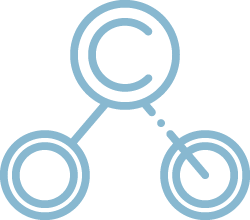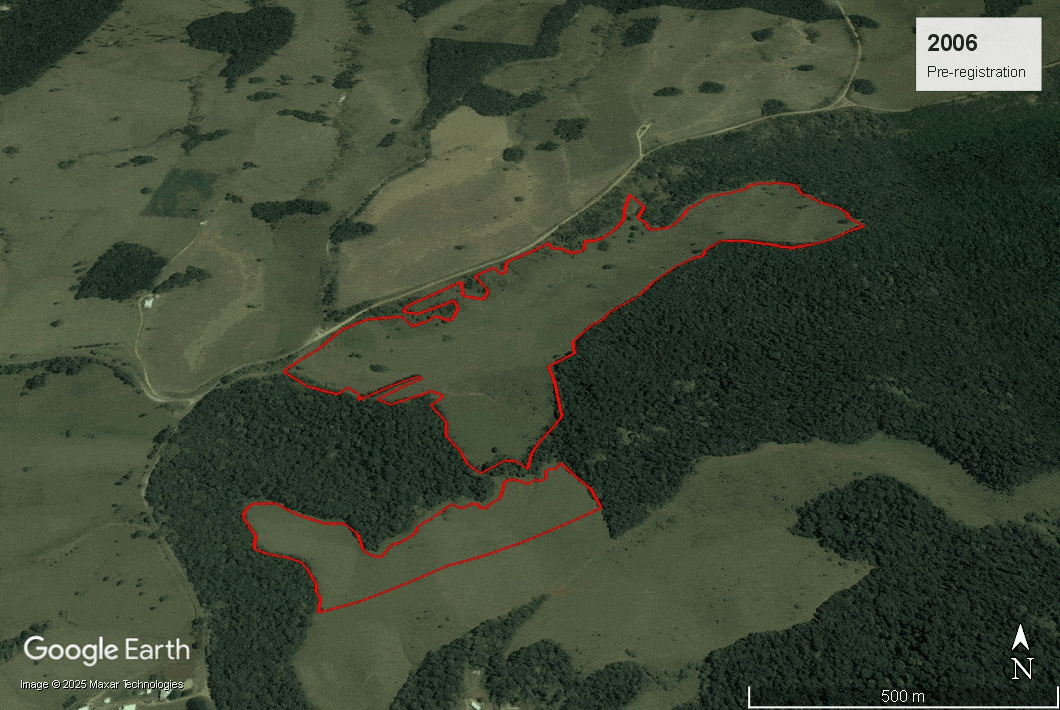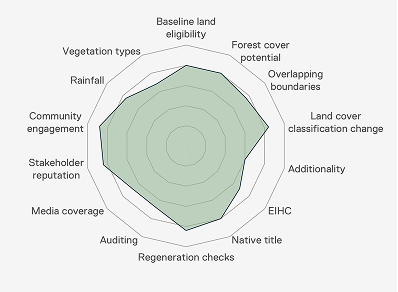




Integrity is at the heart of what we do at TEM. For a carbon project to be considered high integrity it must generate real, additional abatement – which is the core purpose of carbon markets – while causing no-net-harm safeguards, and contributing to a range of co-benefits local communities and environments.
Assessing project integrity means evaluating the risks of the project failing to meet these integrity parameters. Reducing and avoiding emissions through carbon projects is essential to the climate solution, which is why we have rigorous processes in place to safeguard you from purchasing carbon credits from potentially underperforming projects. Our process is guided by global carbon and climate frameworks, and evolves with best practice. Additionally, we draw on our deep expertise and firsthand experience in carbon project development, meaning every project we offer is thoroughly evaluated by our internal carbon project development team and endorsed by our Due Diligence Decision Committee.
Different project methods come with varying levels of risk. To manage this, all project-level assessments follow a risk-based framework and takes place across three phases of due diligence.



TEM’s due diligence process begins with the Identification Phase, where carbon projects are screened based on specific criteria to assess their risk profile. This includes evaluating the carbon standard, methodology, proponent reputation, and country of operation.
Next, in the Research and Assessment Phase, our project development team conducts a detailed technical evaluation using publicly available data, such as project documentation, satellite imagery, and third-party carbon rating tools. Depending on the method, key parameters – including baseline, additionality, permanence, local stakeholder considerations, project progress and media reputation – are analysed. A project’s contributions to biodiversity and community are also heavily considered, as we believe carbon is intrinsically linked to nature and people. We set a stringent threshold for the final risk score to ensure your investments are directed only towards projects we genuinely believe create a positive impact.
Finally, in the Project Decision Phase, the Due Diligence Decision Committee, which comprises of members of the TEM project development team and Executive Leadership Team, reviews the recommendations and makes the final decision on whether to proceed with the project.
To ensure transparency, we prepare a due diligence report for each project, summarising our team’s analysis, which includes a TEM Project Risk Radar like the one pictured on the right. We also continuously monitor the project and keep you informed of any updates, including those that may impact its performance.
TEM continues to improve our processes to align with the latest in carbon markets best practice. Collaboration is key to success and partnering with TEM will help your decarbonisation journey and achieve real climate action.

